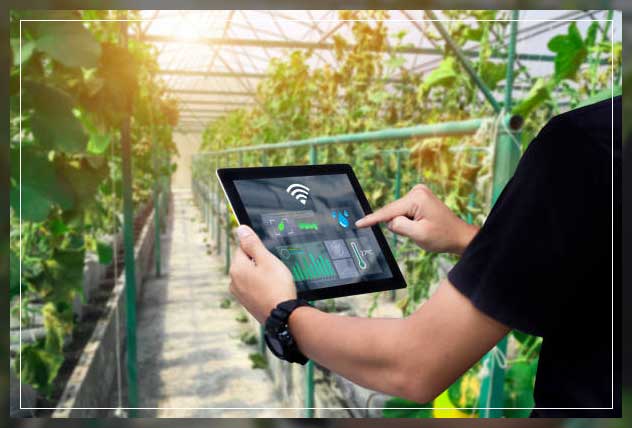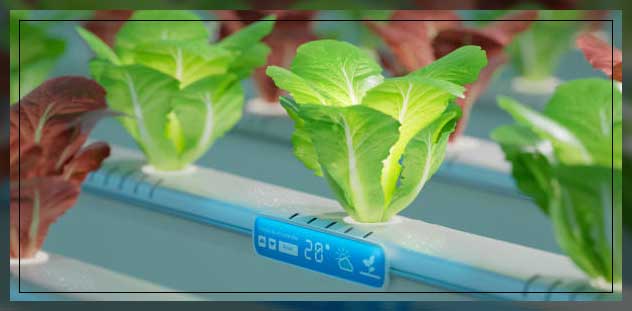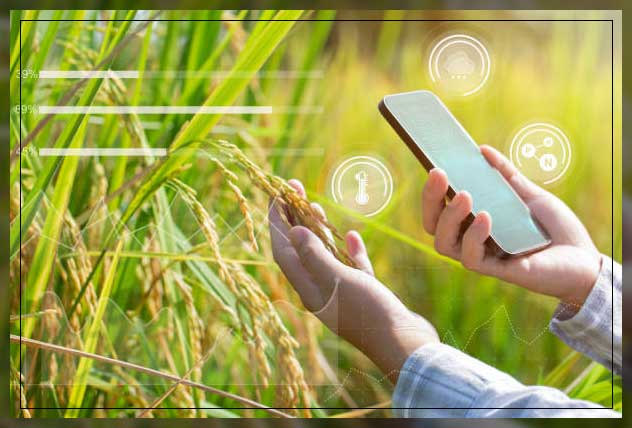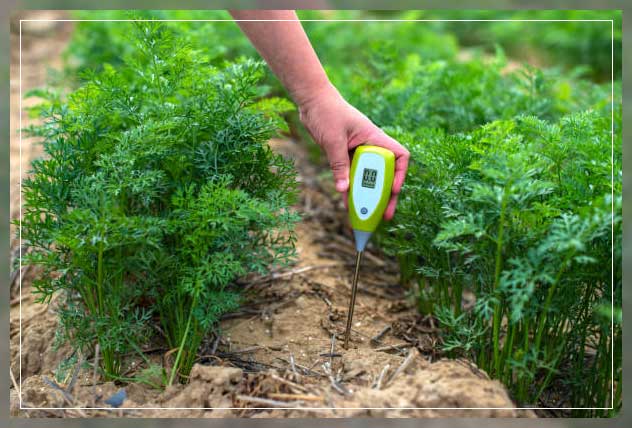The Essential Role of Temperature Sensors in Modern Agriculture
The agricultural sector is at the core of global food security and economic stability. Over the centuries, farming methods have evolved dramatically, and with the ever-growing world population, agricultural efficiency and sustainability have become paramount. A major game-changer in this regard has been the integration of advanced technology into farming practices. Among these innovations, agriculture temperature sensors stand out as indispensable tools, revolutionizing the way farmers manage their operations and ensuring optimal conditions for crop growth.

To explore this transformative technology and its applications, keep reading for a comprehensive guide on agricultural temperature sensors, their importance, and their diverse functionalities.
What Are Agricultural Temperature Sensors?
At their core, agricultural temperature sensors are devices designed to monitor and measure temperature levels across various farming environments. They ensure crops are nurtured under ideal thermal conditions, enabling farmers to optimize growth, reduce waste, and enhance overall productivity. Modern sensors are equipped with smart features, such as real-time data collection, IoT integration, and predictive analytics, making them critical for precision agriculture.
How Do Temperature Sensors Work?
Temperature sensors work by detecting changes in thermal energy within their surroundings. Using various methods—such as thermistors, RTDs, and infrared sensors—they translate these temperature variations into measurable data. This information is either stored or transmitted to cloud systems or monitoring devices for detailed analysis.
Types of Agricultural Temperature Sensors
- Thermistors: Sensitive devices that provide precise temperature measurements over narrow ranges.
- RTDs (Resistance Temperature Detectors): Known for high accuracy and long-term stability.
- Infrared Sensors: Non-contact sensors that measure surface temperatures, ideal for remote monitoring.
- Digital Thermometers: Portable devices used for spot checks and field assessments.

The Importance of Temperature Monitoring in Agriculture
Temperature is one of the most significant factors influencing plant health, development, and yield. From seed germination to photosynthesis, every stage of plant growth is dictated by temperature. Monitoring this vital parameter is key to creating a conducive environment for crops. Below, we delve into the importance of temperature measurement across various aspects of agriculture:
1. Optimal Plant Growth
Plants require specific temperature ranges to thrive. While high temperatures can cause heat stress and inhibit photosynthesis, excessively low temperatures can damage plant tissues and stunt growth. Temperature sensors help maintain these ideal conditions, ensuring robust plant development.
2. Frost and Heat Stress Management
Unpredictable weather patterns pose challenges to farmers. Frost during winter or sudden heatwaves can devastate crops, leading to massive economic losses. Temperature sensors provide early warnings, enabling proactive measures to safeguard crops from extreme weather conditions.
3. Enhancing Greenhouse Operations
In controlled environments like greenhouses, maintaining precise temperature levels is paramount. Sensors linked to automated climate control systems help regulate heating, cooling, and ventilation, creating ideal conditions for plants.

Applications of Temperature Sensors in Agriculture
Temperature sensors find use in nearly every aspect of modern agriculture. Let’s explore some critical applications:
1. Soil Temperature Monitoring
Soil temperature directly impacts seed germination and root development. Sensors placed in the soil provide valuable insights, enabling farmers to make informed decisions about planting schedules and irrigation management.
2. Crop-Specific Monitoring
Certain crops, such as ice wine grapes, require highly specific temperature ranges for harvesting. High-accuracy sensors ensure farmers can precisely predict optimal harvesting conditions.
3. Storage and Transport
Temperature monitoring extends beyond the field. During storage and transportation, maintaining the right temperature prevents spoilage and ensures the freshness of agricultural products.
4. Disease Prevention
By detecting unusual temperature variations, sensors can help identify conditions that foster fungal growth, pest infestations, or other diseases, allowing farmers to intervene promptly.
5. Livestock Management
In animal farming, sensors monitor the ambient temperature of barns and coops, ensuring livestock remain comfortable and healthy.

Benefits of Using Temperature Sensors
Embracing temperature sensors offers numerous advantages, including:
- Increased Crop Yields: Precision monitoring helps maximize agricultural productivity.
- Reduced Resource Waste: By optimizing irrigation and climate control, farmers save water and energy.
- Improved Sustainability: Controlled environments reduce dependence on harmful pesticides and fertilizers.
- Cost Efficiency: Automated systems lower labor costs and minimize the risk of losses.
Future of Temperature Sensors in Agriculture
As the world transitions towards smart farming, the integration of IoT and AI with temperature sensors is gaining momentum. Advanced systems can now analyze data from multiple sensors, offering actionable insights to farmers. Future innovations may include sensors capable of self-calibration, blockchain-enabled traceability for food safety, and energy-efficient designs to suit remote farming operations.
The use of temperature sensors in agriculture is not just a trend but a necessity to tackle the challenges posed by climate change, resource scarcity, and the rising demand for food. By leveraging this technology, the agricultural sector can achieve unprecedented levels of efficiency and sustainability.
Case Studies: Practical Examples
Practical adoption of temperature sensors can be seen worldwide. For instance, vineyards in Europe extensively utilize infrared sensors to monitor vineyard microclimates, ensuring the finest grapes for wine production. In contrast, arid regions like the Middle East rely heavily on soil sensors for efficient irrigation.
Farmer Testimonials
“After integrating soil temperature sensors on my farm, I noticed a significant increase in crop yield,” shares John Doe, a farmer from California. “It reduced guesswork and allowed us to adopt timely interventions.”
Similar success stories echo across continents, underlining the pivotal role of agricultural sensors in addressing global farming challenges.
Explore Related Topics
Explore these resources to learn more about agriculture-related innovations and practices:






Leave a Reply